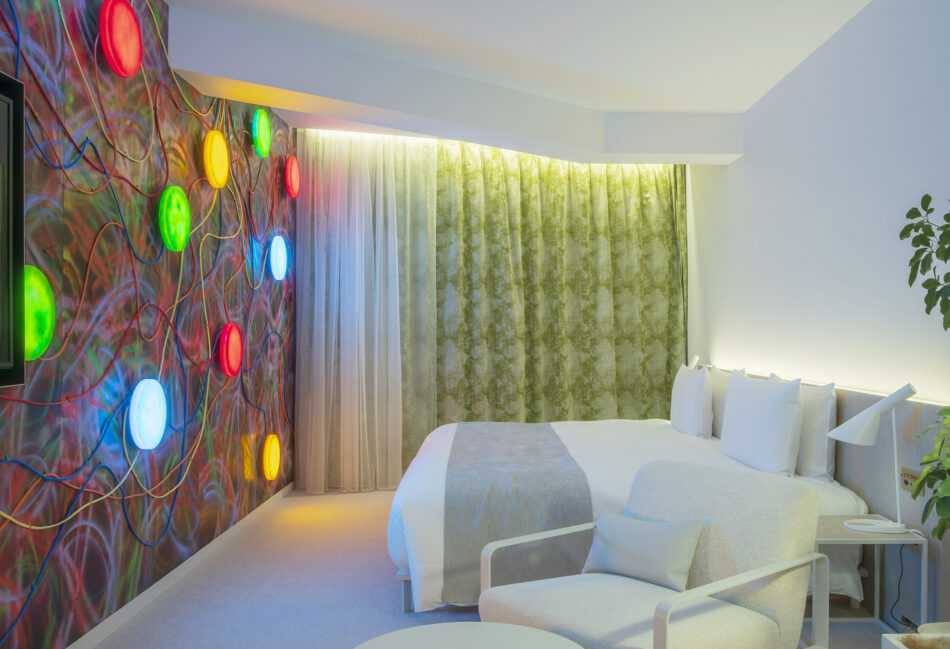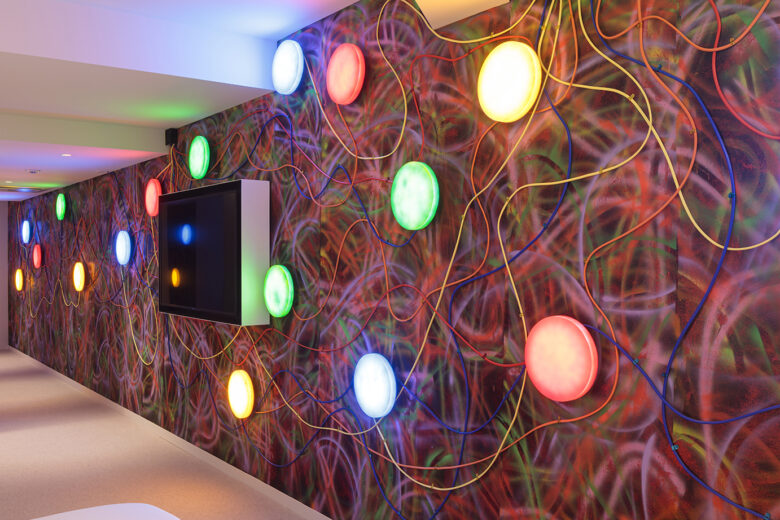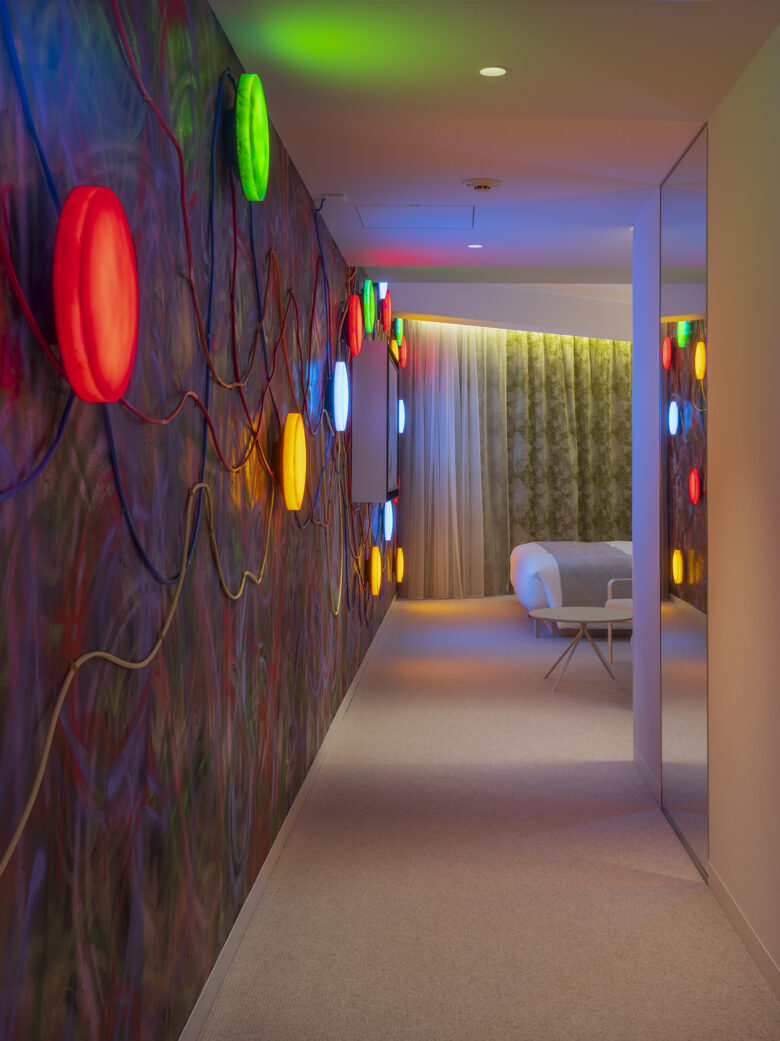ROOM 19 KENGO KITO


interstellar

Kengo Kito was born in Nagoya, Aichi Prefecture, in 1977. He graduated from the Oil Painting Course at Nagoya University of the Arts in 2001, and obtained his MA from the Department of Painting at Kyoto City University of Arts in 2003. In 2008, he received a grant from the Gotoh Memorial Foundation for an extended stay in New York. From 2010 to 2012, he lived in Germany under the Japanese Agency of Cultural Affairs’ Program of Overseas Study for Upcoming Artists. Based in Takasaki since 2015, he is a professor at the Graduate School of Kyoto University of the Arts. His major solo exhibitions include Full Lightness (Kyoto City KYOCERA Museum of Art, 2020),MULTIPLE STAR I-III (Hara Museum ARC, Gunma, 2017),and Migration (Museum of Modern Art, Gunma, 2015). His major group exhibitions include How to observe paintings (Museum of Modern Art, Gunma, 2020),Grand Reopening Exhibition: Aichi Art Chronicle 1919-2019 (Aichi Prefectural Museum of Art, 2019),and Roppongi Crossing 2007: Future beats in Japanese Contemporary Art (Mori Art Museum, Tokyo, 2007).
He received the Newcomer of the Year Award at the 2008 Gotoh Memorial Culture Awards, and his works are in the collections of institutions including the National Museum of Art, Osaka, and the Toyota Municipal Museum of Art.
Kito began to distinguish himself in the early 2000s and is known for his colourful, large-scale installations made from everyday materials like hula hoops, parasols, textiles and decorative lighting. In his works, these materials are stripped of their intended use and meaning and reduced to units of colour and exture. Through repetition evoking the endless reproduction of cells as elements making up the world, his works take on a cosmic expansiveness. His recent emphasis on two-dimensional pieces, suggesting a strong interest in “painting” as such. In the past, Abstract Expressionist artists would employ a decentred, “allover” approach to cover canvases and guide the viewer into a purified pictorial space where imagistic recreation was avoided. In Kito’s works, too, the use of industrial materials like artificial glitter and decorative lighting in unaltered form removes all story or meaning, as if compressing our modern, material-filled world into the realm of painting. This work, Interstellar, was created to match the atmosphere of the room. Spending time in a room outside the everyday can be described as being between the stars, the literal meaning of “interstellar”. The work urges the viewer to recognize that we ourselves are inconstant, wavering presences amid the things that make up our world.

